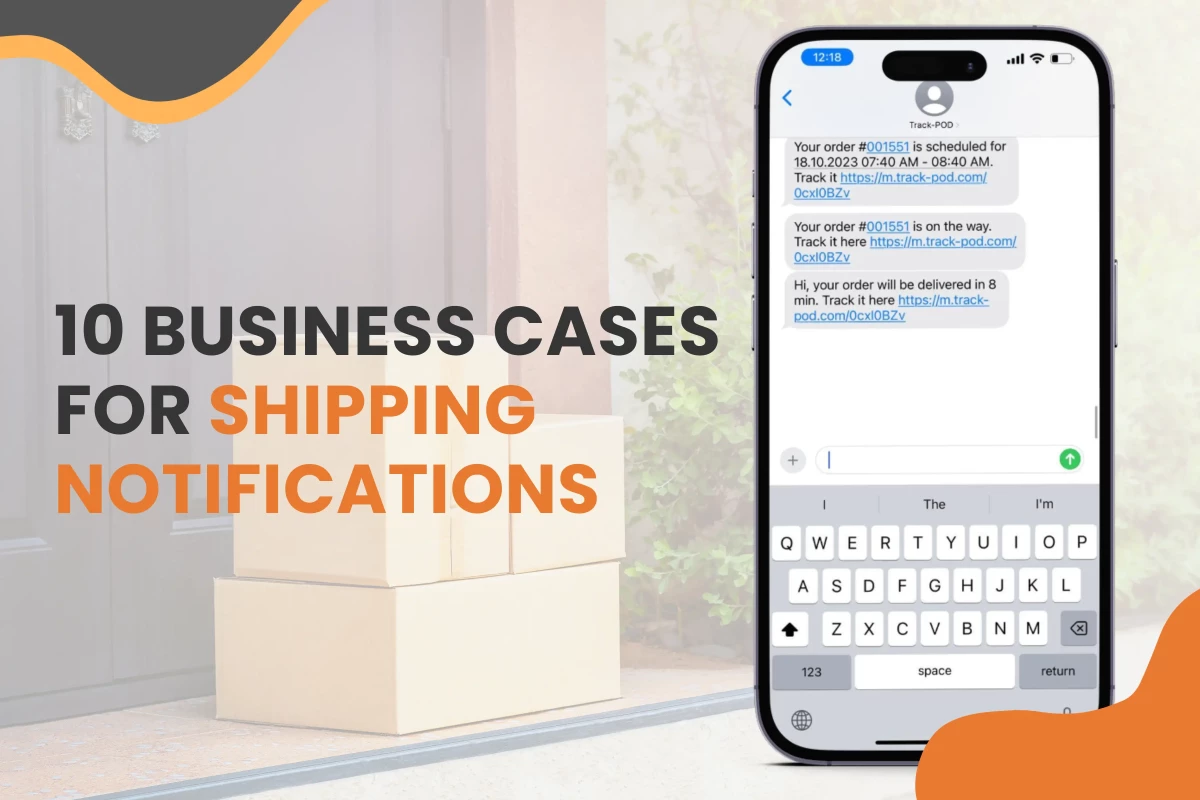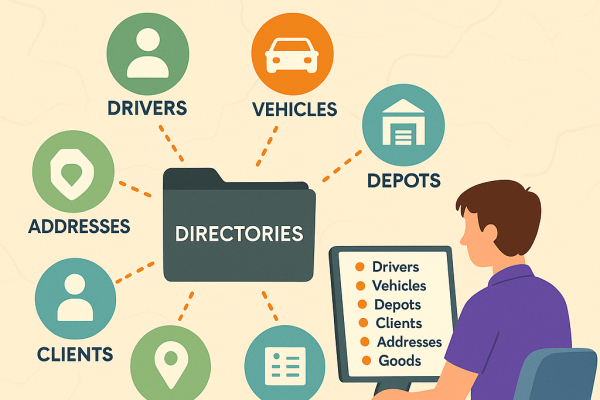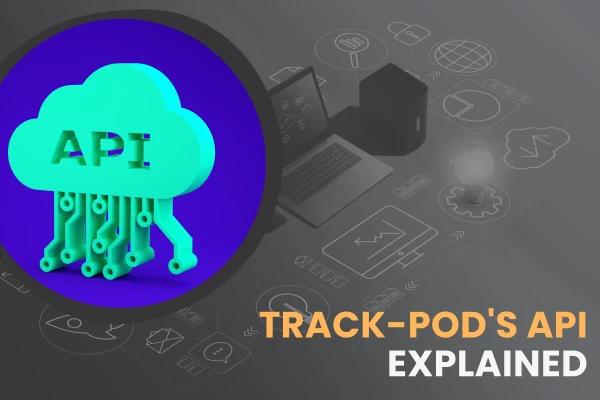Shipping Notifications & Customer Experience: 10 Business Cases

by
Alina Kostukova
October 19, 2023
Among the many touchpoints in the logistics journey, one element has emerged as a critical player: shipping notifications.
The timely and informative shipment communications can significantly impact customer satisfaction, operational efficiency, and brand loyalty.
As a business, it's crucial to choose the perfect timing of shipping notifications and provide the right type of updates to meet your customers' expectations.
In this post, we're shining the spotlight on real-life business cases. We will discuss ten business examples that illustrate the link between different types of shipping notifications (SMS, email, multichannel) and customer experience.
Improving customer experience with shipping notifications
In logistics, shipment notifications are crucial in shaping the entire customer journey.
Before examining real-life business examples, let's look at how shipment notifications can positively impact customer service.
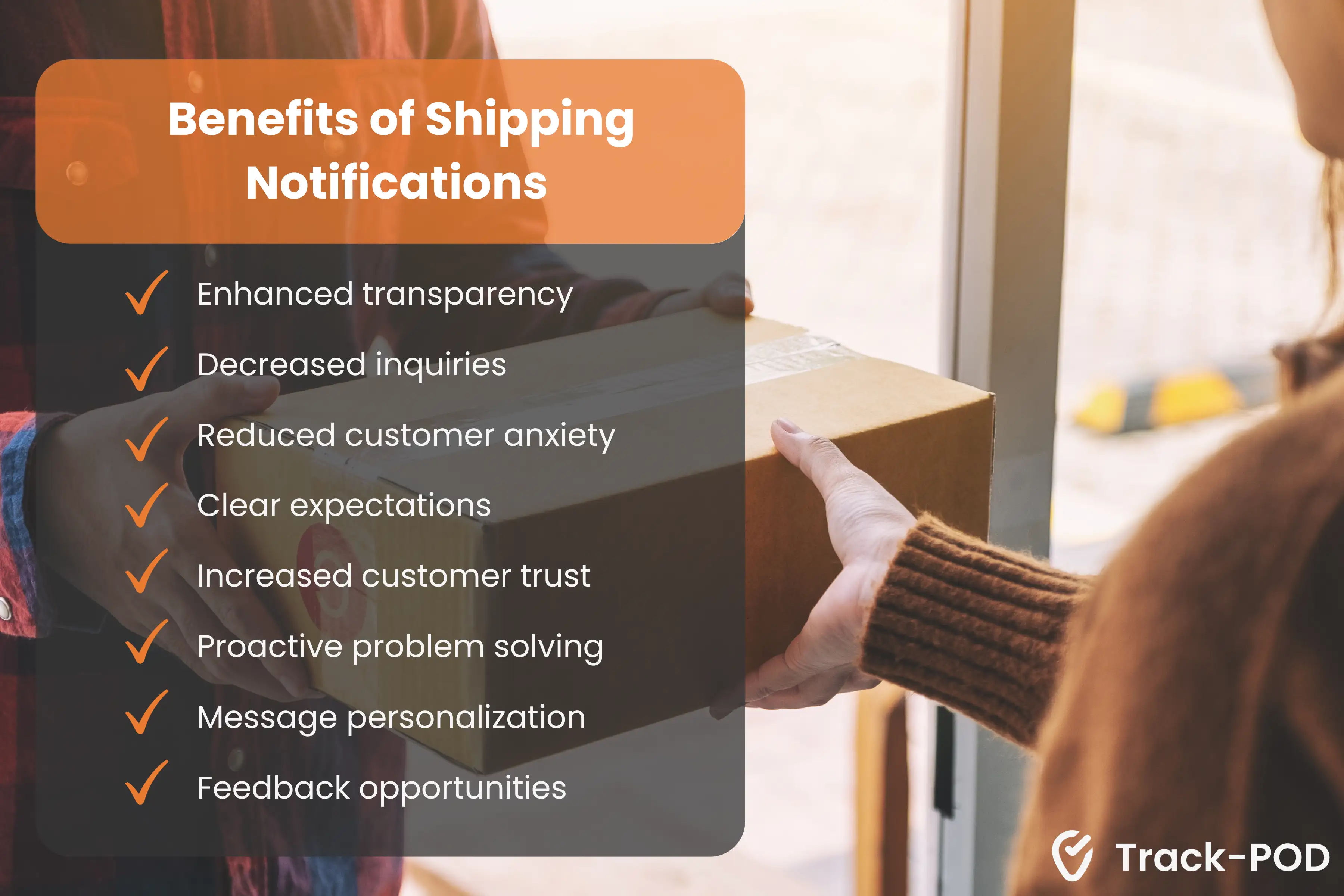
1. Enhanced transparency
Shipping notifications provide customers with real-time tracking information and allow them to follow the progress of their shipments.
This transparency gives customers a sense of control and assurance, making their shipping experience more enjoyable.
2. Decreased inquiries
Accurate and timely shipping notifications reduce the number of customer inquiries related to order status, courier location, or estimated arrival time (ETA).
This doesn't just lighten the load for your support team but also keeps customers happier because they can find all the information they need in their notifications.
3. Reduced anxiety
Waiting for a package can be an anxious experience for customers, especially when they're unsure when it will arrive.
Shipping notifications help ease this worry by keeping customers in the loop about the status and whereabouts of their orders.
4. Clear expectations
Shipping notifications offer customers the estimated delivery date and time, empowering them to plan their time better.
By knowing when their shipment will likely arrive, customers can ensure someone is there to sign for it, making the overall delivery experience more convenient and less stressful.
5. Increased trust
Consistent and accurate shipping notifications can build trust in your brand.
Customers who get timely and trustworthy updates tend to see your business as dependable and focused on their needs.
This trust leads to stronger customer loyalty and positive word-of-mouth recommendations.
6. Proactive problem solving
If there are any issues or missed deliveries, shipping notifications allow you to inform customers proactively.
You can also attach an electronic proof of delivery document (ePOD) to the shipment notifications sent at courier departure.
In Track-POD, you can customize your proof of delivery template to include all necessary order and delivery details. It makes it easier to tackle any delivery issues, customer complaints, or further inquiries about the shipment.
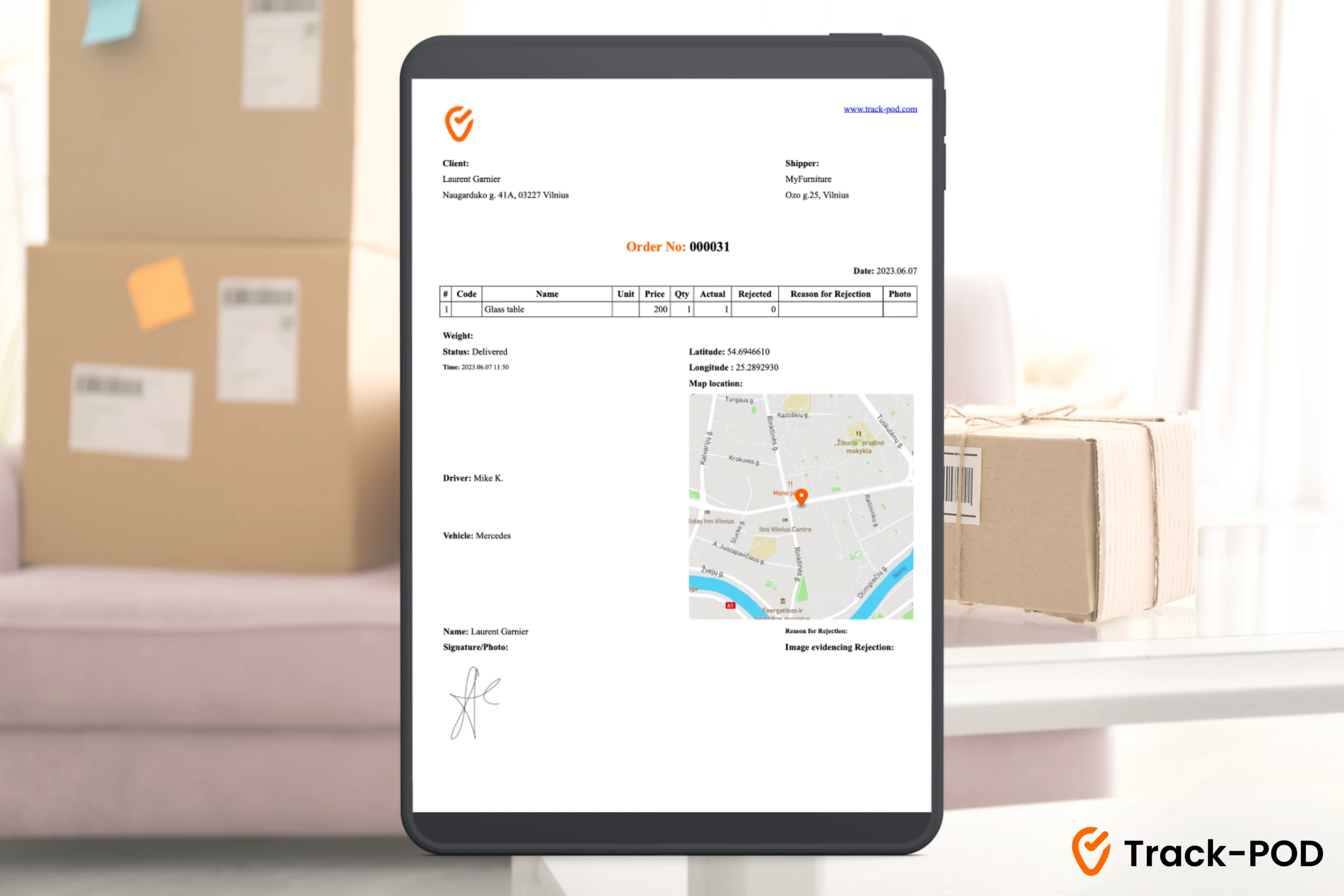
7. Personalization
Tailored shipping notifications can enhance the overall customer journey.
With the help of custom shipping notification tools, your business can set up all kinds of shipment alerts, such as SMS messages or email updates.
Track-POD's notifications dashboard makes it easy to set up and tailor shipping alerts specific to each delivery stage (prior to Route, at Route start, en Route, and at Departure).
8. Feedback opportunities
Shipping notifications can be used to collect customer feedback.
You can encourage customers to share their thoughts and suggestions by adding the “rate us” link to your shipping notifications.
It can help you gain valuable insights into customer experience and identify areas for improvement.
Business cases for shipping notifications
Most companies commonly rely on SMS messages and emails when sending shipping notifications.
Depending on their customers ' preferences, some businesses even use both communication channels. Yet, some companies opt for a single method if it is more effective.
There's more to think about than just notification format.
The choice of shipping notification strategy relies on a combination of factors.
These include the nature of your products or services, your geographical location, and the size of your operations.
Another factor that has traditionally been the most significant in the planning of shipment notifications is customer experience.
Now, let's explore practical business cases demonstrating the significance of selecting the notification method tailored to your business and customers.
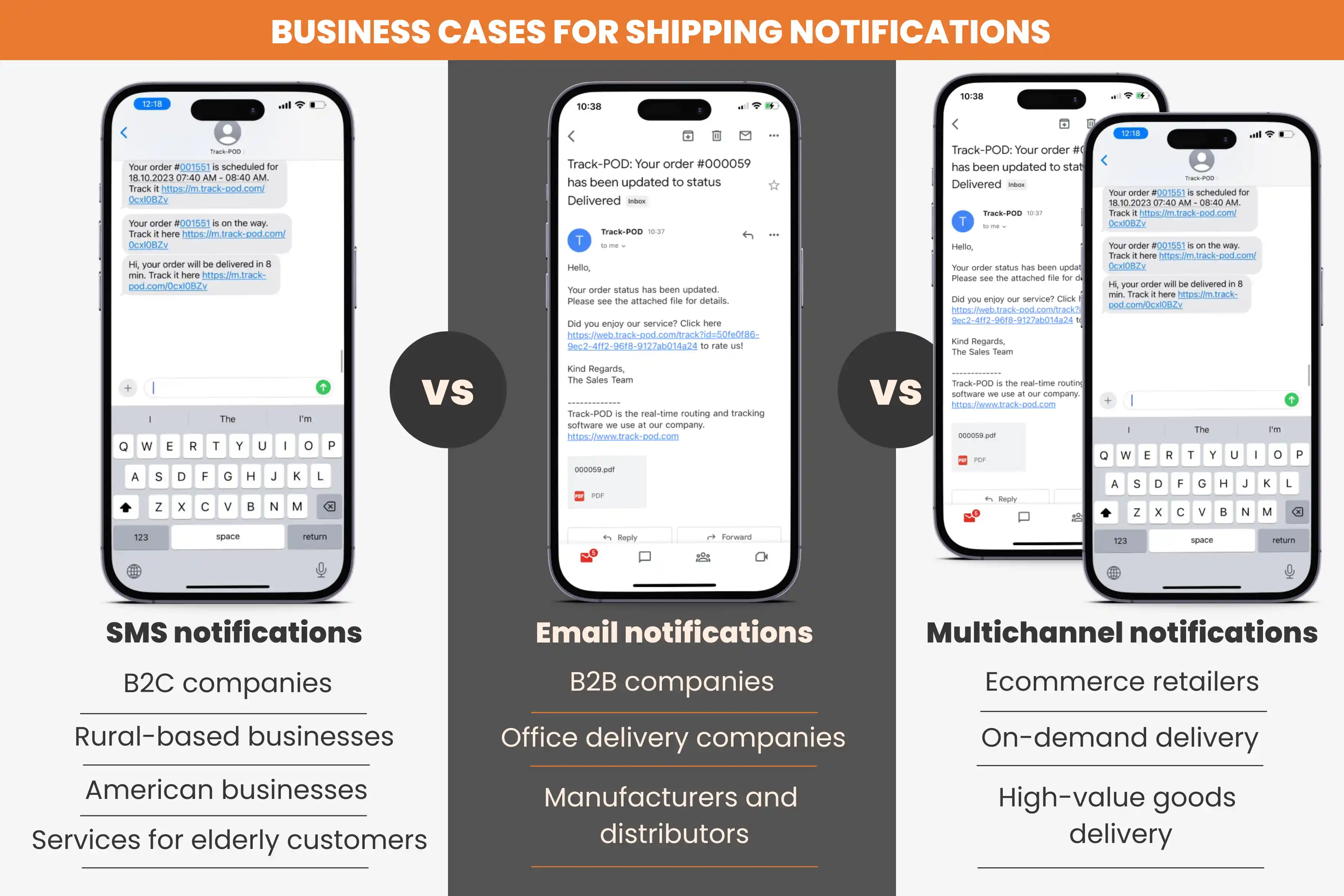
SMS shipment notifications
Many businesses prefer SMS shipping notifications rather than email updates for several reasons. We'll now explore the various scenarios in which companies find SMS shipment notifications more beneficial.
Case 1: B2C deliveries
B2C (Business-to-Consumer) companies often favor SMS shipping notifications over email updates due to quicker delivery and open rates, ensuring real-time tracking and ETA information reaches customers promptly.
SMS messages are concise, mobile-friendly, and require less active customer effort to stay informed.
They are also suitable for time-sensitive updates and align with many customers' preferences for direct, straightforward communication.
Case 2: Rural operations
Rural-based businesses and agriculture logistics companies often prefer SMS shipping notifications over email updates for the following reasons.
Firstly, SMS messages are more reliable in areas with limited internet connectivity, often in remote settings.
Email updates may not reach the recipient in real-time if they have poor or no access to the internet, whereas SMS messages can be delivered even with weak mobile data signals.
Secondly, SMS notifications are more convenient for business owners and employees who may be on the move or working in areas where they cannot easily access email.
Text messages are typically short, to the point, and easy to check on mobile phones, making them an effective way to follow shipping updates in rural settings.
Case 3: U.S. businesses
Geographically determined customer preferences heavily influence the choice of shipment notifications.
Klaviyo, a global technology business, did a study of U.S. customers and found that most of them would rather get information by text message than by email. Moreover, the number of customers who prefer text messages as a primary communication channel grows yearly.
According to Gartner's report, the vast majority of recipients check their SMS messages (98% vs. 20% for email notifications), making text messages ideal for time-sensitive shipment alerts.
Case 4: Deliveries for older adults
Companies that serve senior citizens, like medical courier services or meal delivery companies, often use SMS notifications as a primary communication method.
A mobile messaging company Teletec conducted a study that showed SMS is currently popular across older consumer groups and is used by people of all ages.
Elderly consumers generally prefer shipping updates via text message over email updates for several reasons.
- SMS messages are typically simpler and more straightforward to access and understand. It makes them user-friendly for individuals who may not be as tech-savvy.
- SMS messages are delivered directly to a customer's mobile device, usually within arm's reach.
This immediacy ensures that older customers are more likely to promptly see SMS shipping notifications than emails requiring active computer checking.
Email shipping notifications
Although it would seem that SMS is currently the favored option for shipping alerts, many businesses still choose email communication.
Let’s discuss the specific business examples where email shipping notifications are a more suitable customer communication method.
Case 1: B2B deliveries
Business-to-business (B2B) companies typically prefer email shipping notifications as email offers a more formal and comprehensive means of communication.
Email notifications help B2B companies organize and share shipment information, including invoices, electronic proof of delivery (ePOD), and other documents, in a structured and easily accessible format.
It also ensures that the communication is well-documented, essential for businesses handling transactions and contracts.
Notifications sent through email are more likely to be incorporated into existing business processes.
Moreover, email notifications can be sent to multiple recipients within an organization. It facilitates seamless record-keeping and coordination among various departments within the company.
Track-POD's dashboard allows adding several email addresses to the same order.
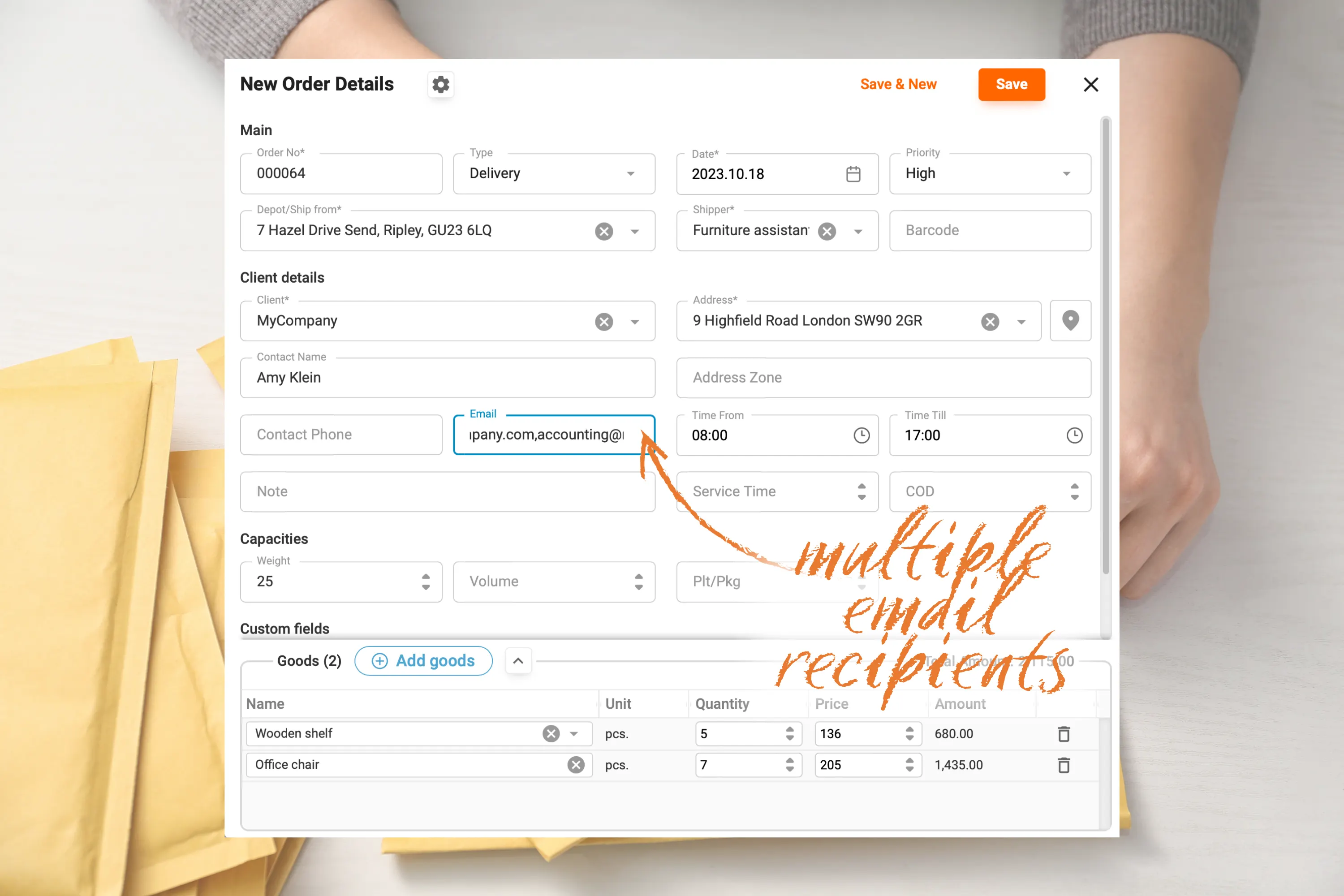
Case 2: Office deliveries
Office supply and catering delivery services often offer email as a primary shipment notification method.
Email notifications can include detailed order information, such as invoices and by-item product descriptions, which can be essential for office operations.
Email shipping notifications are easily archived and searchable, making them useful for efficient reporting and reference.
Case 3: Manufacturers and distributors
Proof of delivery documents, shipping invoices, and comprehensive order information are essential for manufacturers and distributors.
Unsurprisingly, email notifications are a preferred communication method for this industry.
Email shipping notifications can be used as formal order documentation, which is helpful for both manufacturers and suppliers.
Multichannel shipping notifications
Companies may choose to use multichannel shipping notifications (both SMS and email notifications) depending on their specific goals and customer preferences.
Below are some common cases in which companies may opt for multichannel shipping notifications.
Case 1: Ecommerce retailers
Ecommerce retailers, including both large online platforms and small local stores, often use multichannel shipping notifications to keep their customers informed about the status of their deliveries.
The main reason why online retailers use both communication methods is pretty simple. Customers need both the quickly available SMS alerts to track their packages and the detailed email delivery receipts with ePOD.

Case 2: On-demand delivery services
On-demand delivery platforms, especially those that focus on quick and timely deliveries, use multichannel notifications to keep customers informed about the status of their orders.
SMS notifications allow customers to track the courier and follow the delivery process quickly.
On the other hand, email shipment notifications let businesses include an ePOD, order invoice, Сash on Delivery (COD) receipts, and further necessary details.
Case 3: High-value goods retailers
Companies selling high-value items or offering white glove delivery services benefit from providing detailed shipping updates via all available communication channels.
Having detailed SMS & email communications is crucial for jewelry, electronics, and furniture retailers.
The advanced SMS and email notifications can help to ensure the recipient is ready to accept their order and is familiar with all necessary delivery details.
From the Track-POD's web dashboard, you can set up and send advanced (prior to Route) shipping notifications. This way, you can inform customers about the upcoming deliveries.
To sum up
Shipping notifications tailored to customer and business needs can improve customer journey, enhance transparency, and increase customer trust.
When choosing the right notification method, businesses must consider factors such as their products or services, geographical location, and the size of their operations.
SMS shipping notifications are preferred as a communication channel by B2C companies, rural-based businesses, U.S.-based companies, and deliveries for older adults. These scenarios highlight the importance of considering regional customer preferences, ease of use, and accessibility of SMS shipping notifications.
On the other hand, email shipment notifications are favored by B2B companies, office delivery companies, and supply chain manufacturers and distributors.
Email offers a more formal and comprehensive way of customer communication. It is essential for sharing detailed order information, invoices, electronic proof of delivery, and other documents.
Multichannel shipping notifications are also standard, with businesses like ecommerce retailers, on-demand delivery services, and high-value goods retailers using both SMS and email notifications to cater to various customer needs.
This approach allows customers to receive quick tracking updates while providing detailed delivery information, ensuring a seamless customer experience.
Ultimately, the choice of shipping notification strategy should align with the unique needs and preferences of both the business and its customers.
Start a free trial or book a custom demo to explore Track-POD's advanced shipping notification tool today.
About The Author
Alina Kostukova
Skilled marketing content creator with a background in digital media and public relations. Focused on creating first-rate text and visual content that stands out and tells compelling stories.

